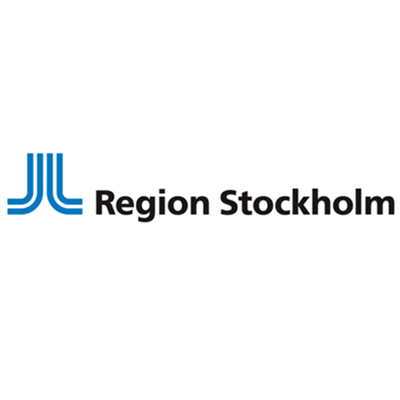About PPP
Public Private Partnership (PPP) is a collective name for several types of collaboration between public and private actors. Basically, it is a procurement form with a long-term agreement between a public order and a private supplier.
The design of the collaborative form is governed by the specific project’s needs and conditions. PPP can be used for transport infrastructure but also for different types of community property.
PPP– how it works
- A public purchaser designs requirements regarding the function that a project will offer. A so-called project company takes overall responsibility for everything from design, construction and operation to maintenance and financing of the project based on the functional requirements that the client designed.
- The project company is put together specifically for the individual project and consists of companies with different skills and experiences, which together work for optimal delivery.The customer is always the owner of the facility.
- PPP is not a form of privatization.
- The project’s schedule usually lasts for a longer period of time, up to 25-30 years.
- The customer pays for a function rather than the product itself. It can be a way that is kept accessible and achieves a certain quality.
- The project costs are distributed evenly throughout the project period and the client pays a predetermined annual fixed price. The customer therefore knows from the start what a project will cost over time.
- There are also alternatives where the project company receives its compensation directly from users, for example by tolls.
- At the end of the term of office, the client assumes responsibility for the project, which is then paid and maintained to a good standard.
- It has also become more common for public funding to be combined with PPP. This is mainly done through a so-called capital contribution, which means that the borrowing requirement for the project company is reduced by public funding.



